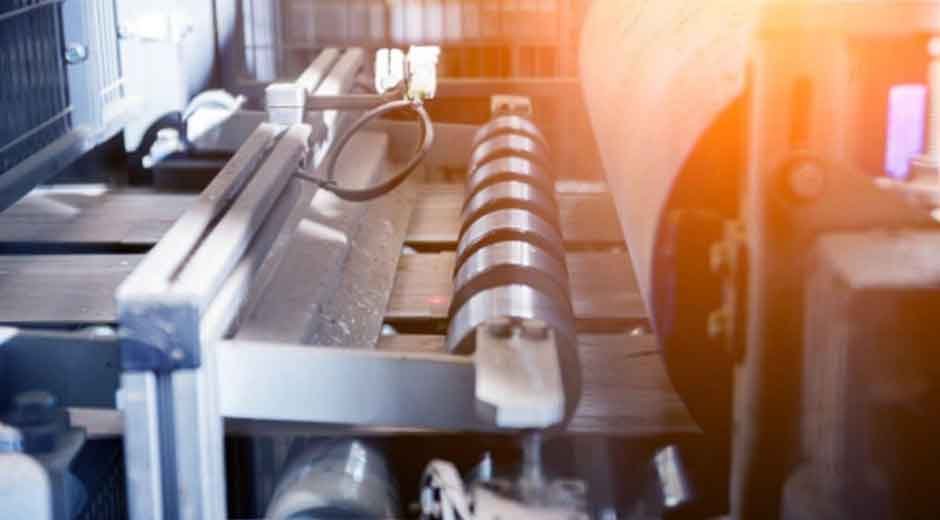We often dream of making our ideas real. Precision matters when creating small parts to test. Custom prototypes help us learn how designs will work.
How can we make them just right? Precision manufacturing gives us control over size and shape.
This control helps reduce mistakes early on. It also saves time and money when we test designs. Let’s explore how to unlock this process.
The Role of Detailed Design Before Manufacturing
A good design is the first step toward precision manufacturing. You must draw or model parts with care and accuracy. Every measurement should be double-checked.
The design informs how machines will carve or form the piece. If the details are wrong, the final part will also be wrong.
Investing effort here makes later steps smoother. It also reduces costly changes after parts are made.
Choosing Materials That Match Your Prototype Needs
You need to pick materials that mimic the final use. The wrong material may bend or break too soon. Metals, plastics, or composites each behave differently.
Precision manufacturing equipment can handle many material types. You should test material strength, weight, and finish.
That helps you decide which material best fits your prototype’s purpose. The right material choice supports the success of your project.
Precision Tools and Machines for Fine Detail Control
You need machines with tight tolerances and good resolution. CNC milling, laser cutting, or micro-machining tools work well.
The machines follow the digital design exactly. They cut, carve, or form parts with small error margins. Precision tools help create sharp edges, fine holes, and thin walls.
You must maintain and calibrate these tools often. Good maintenance ensures your parts stay accurate and safe.
Incorporating 3D Printing Services to Boost Flexibility
Using 3D printing services gives you more design freedom and speed. You can make complex shapes without special tooling. It helps you test many variations quickly and cheaply.
The process also reduces waste since material is added, not removed. You can combine 3D printing with machining or casting for hybrid parts. It offers you quick prototypes to validate your ideas before final production.
Quality Control and Testing to Confirm Accuracy
After you build the prototype, you must inspect and test it carefully. Measure each dimension and compare it to the design model. Use gauges, micrometers, or optical scanners.
Test the prototype under real conditions it will face. Spot any defects, warping, or weak areas.
Then refine the design or the process accordingly. This loop of test and feedback leads to perfection in the final parts.
Investing in the Future of Prototyping
Precision manufacturing for custom prototypes helps us turn ideas into reality with confidence. We begin with careful design, pick materials that match the use, use accurate machines, and include smart methods like 3D printing services in the mix. Then we always test and inspect what we made.
This journey reduces errors, saves money, and leads us to better final products. With these tools, your ideas can become solid, working prototypes you can hold, test, and trust.
Did you find this article helpful? If so, check out the rest of our site for more informative content.










